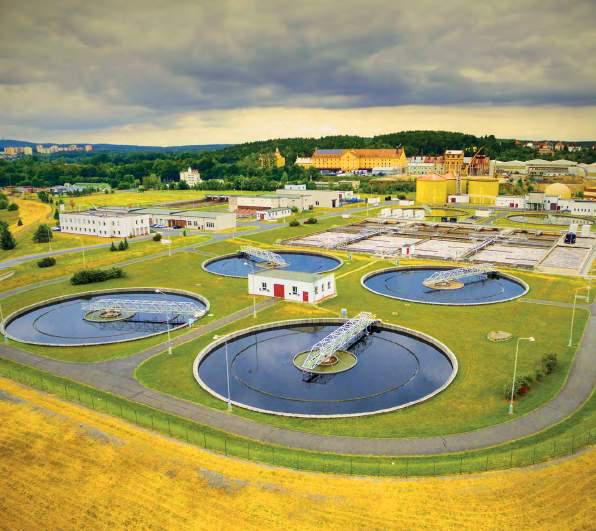One of the essential functions in wastewater treatment is to separate the sludge into solid and liquid components. This can be done in different ways, such as by using belt presses or centrifuge equipment. The objective is to obtain a high degree of separation, with the resulting ‘cake’ having a high Total Solid value and the liquid having a low Total Suspended Solid value. One consequence of this separation process, especially in Anaerobic systems, is the formation of struvite, a hard mineral deposit formed from magnesium, ammonia, and phosphates. This blocks equipment and pipes and requires onerous maintenance. HydroFLOW can protect against the formation of struvite, and even dissolve the existing material, without chemicals and without the need to interrupt production.
Another benefit of HydroFLOW in wastewater treatment is the reduction of polymer. Polymer is added to the sludge to assist in the separation process and keep high cake solidity and low TSS in the fluid. HydroFLOW can allow a reduction in the polymer level used of around 20%, while maintaining or even improving cake solidity.

For over a decade HydroFLOW has proven its ability to help wastewater treatment plants obtain the following benefits while achieving a 1–2-year payback period:
- Struvite control.
- 3% improvement in cake dryness.
- Polymer reduction of up to 20%.
- Reduced chemical usage.
- Enhanced filtration efficiency.





